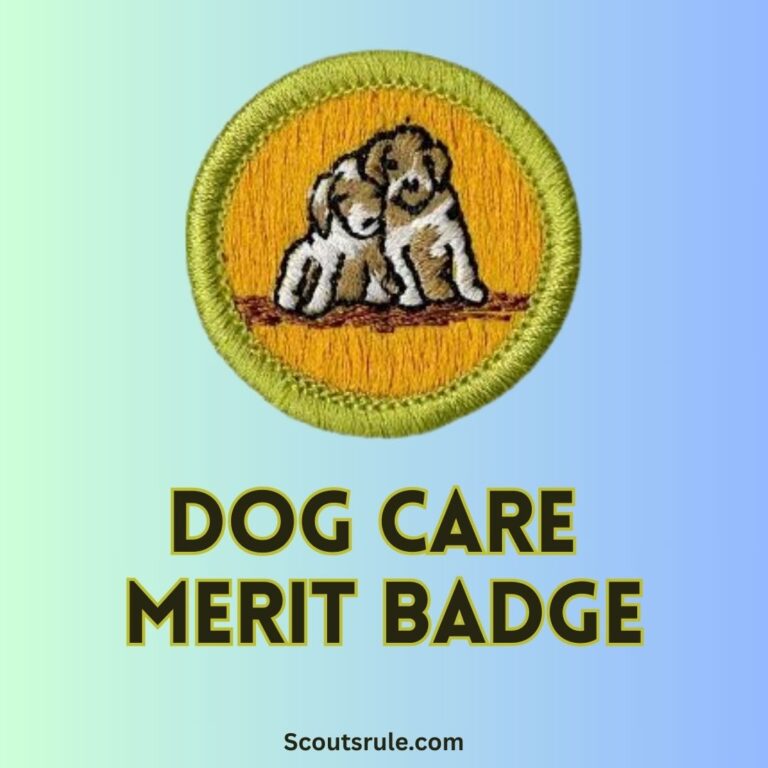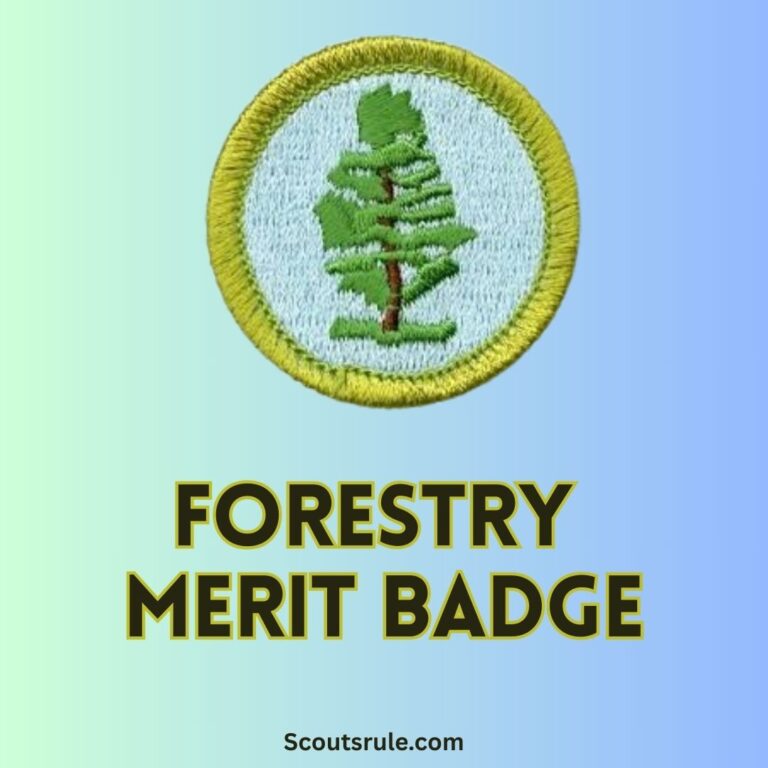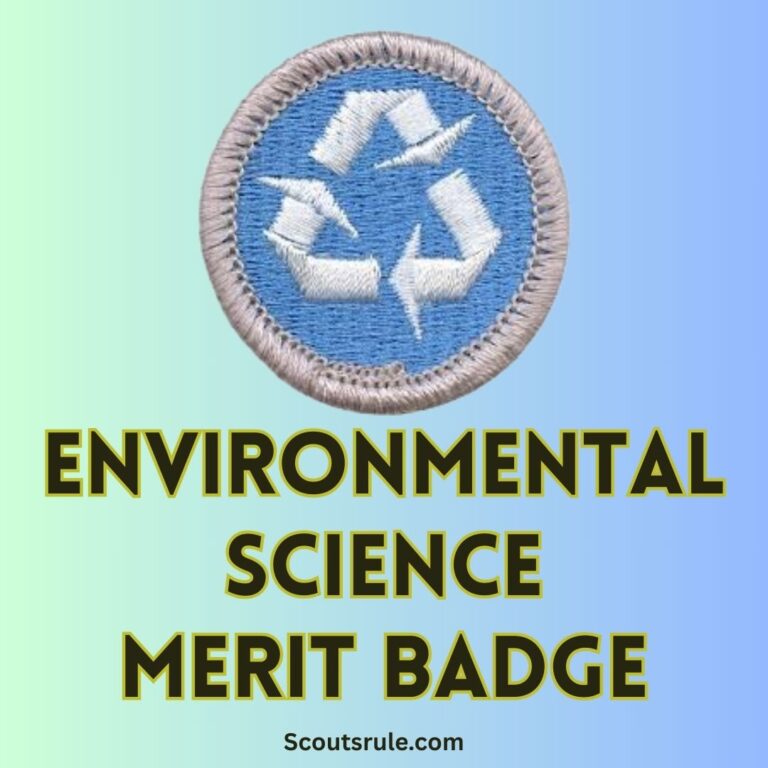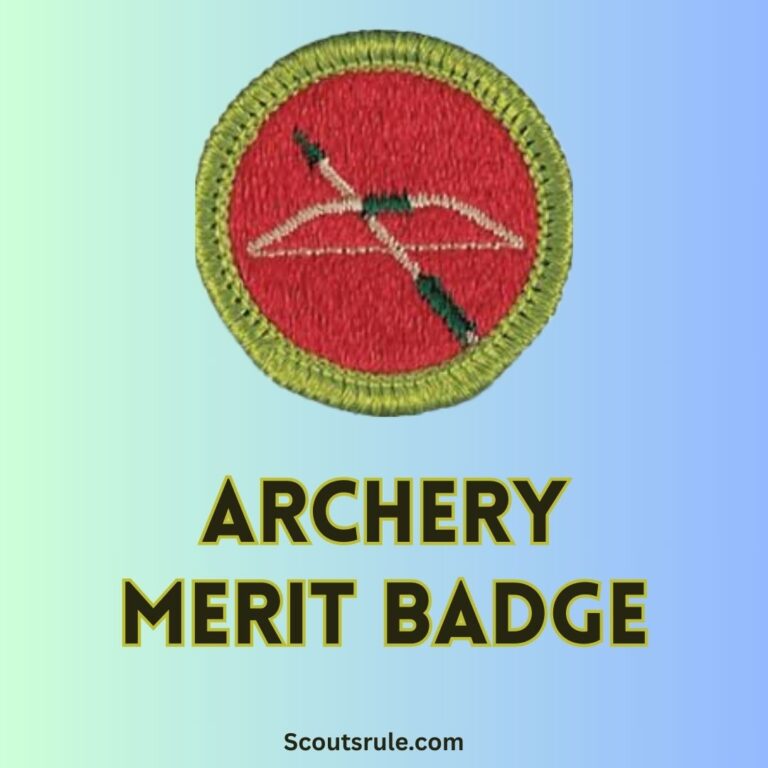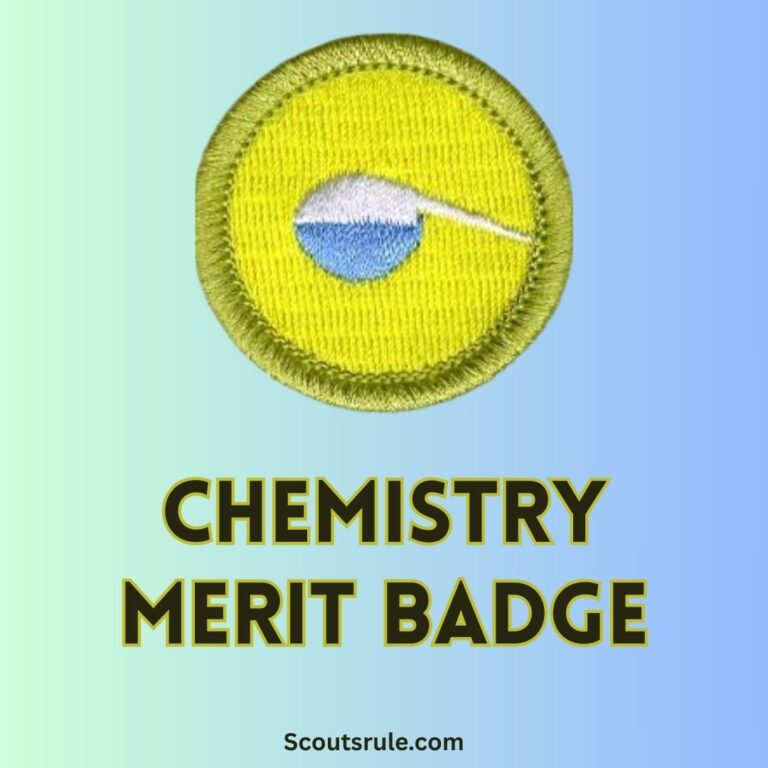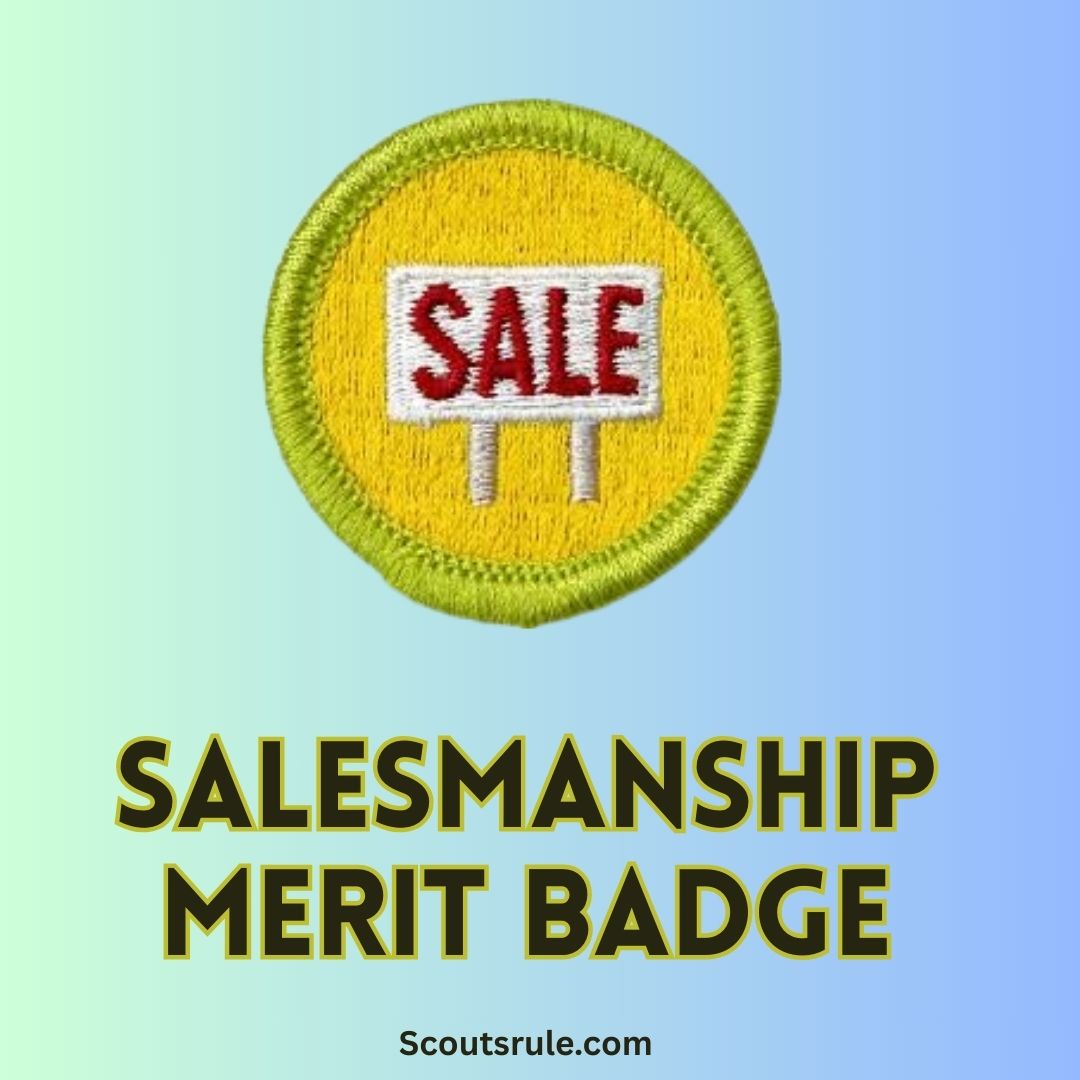
This guide is designed to help you explore the art and science of selling—from understanding the responsibilities and techniques employed by successful salespeople to developing a sales plan, making effective presentations, and learning from real-life business experiences. Whether you are interested in developing your communication skills, planning a successful fundraising event, or laying the groundwork for a future career in business, this guide will walk you through every requirement step by step, offer practical project ideas, and provide strategies for research, documentation, and self-reflection.
Post Contents
- Introduction: The Value of Salesmanship
- Purpose and Goals of the Salesmanship Merit Badge
- What Is Salesmanship? – Definitions and Key Concepts
- The Role of a Salesperson: Responsibilities and Characteristics
- Research, Product Knowledge, and Customer Follow-Up
- Developing a Sales Plan
- Making a Sales Presentation
- Hands-On Sales Experience
- Interviewing a Sales Professional
- Business Ethics, Social Responsibility, and Sustainable Practices
- Documentation, Presentation, and Reflection Strategies
- Additional Tips, Resources, and Career Exploration
- Conclusion: Embracing the Entrepreneurial Spirit of Salesmanship
Introduction: The Value of Salesmanship
Salesmanship is much more than just persuading someone to buy a product; it is the art of understanding customer needs, building relationships, and effectively communicating the benefits of a product or service. In every industry—from small local businesses to multinational corporations—the ability to sell is a critical component that drives growth and innovation. The Salesmanship Merit Badge offers you an opportunity to learn these valuable skills. When you master salesmanship, you build self-confidence, learn about effective communication, and cultivate essential life skills that extend far beyond the world of commerce.
Purpose and Goals of the Salesmanship Merit Badge
The merit badge is designed with several key objectives:
• To provide a comprehensive understanding of the responsibilities and ethics associated with being a salesperson.
• To teach you how to research market needs, analyze products, and develop winning sales strategies.
• To show you how to create and execute a sales plan specifically tailored to a product and a defined sales territory.
• To develop your ability to communicate persuasively with customers, adapt your message, and build lasting relationships.
• To allow you to engage directly with sales professionals, gaining practical insights into a career that is central to many aspects of business and the economy.
Through this merit badge, you will learn how salesmanship supports not only business growth but also the broader economic system by bringing value to both buyers and sellers.
What Is Salesmanship? – Definitions and Key Concepts
Salesmanship is defined as the method and practice of selling, which integrates skills in persuasion, effective communication, customer service, strategy, and relationship building. It is an essential skill in our free enterprise system where individuals and companies compete, and sellers play a vital role in connecting a product or service with consumers. You will learn how sales represent a balance between understanding customer needs and ensuring that the product meets those needs. A good salesperson adopts creativity, persistence, and integrity in every deal. Reflect on how you see these qualities in everyday transactions and how they may apply to your future endeavors.
The Role of a Salesperson: Responsibilities and Characteristics
Every salesperson has a unique set of responsibilities that extend beyond merely “making a sale.”
4.1. Serving Customers and Stimulating the Economy
A salesperson’s primary responsibility is to help customers make informed decisions. They listen carefully to customer needs, provide detailed information about products or services, and help guide decisions based on what will best serve the customer’s needs. In doing so, they stimulate the economy by driving demand for goods and services, which in turn supports business growth, job creation, and technological innovation.
4.2. Business-to-Business vs. Consumer Sales
Understanding the differences between selling to another business (B2B) and selling directly to consumers (B2C) is crucial. In B2B sales, transactions are typically larger in scale and may involve complex purchases where relationships, product knowledge, and long-term service agreements are key. In contrast, consumer sales usually focus on individual or household needs, require quick decision-making, and often rely on emotional appeal and clear benefits. Knowing these differences helps you tailor your approach accordingly, a skill that will serve you well in any sales environment.
Research, Product Knowledge, and Customer Follow-Up
Before making a sale, a successful salesperson conducts thorough research on the market and the product, and follows up with customers after their purchase.
5.1. Market Research Techniques
Understand the importance of researching the market to ensure the product or service meets customer needs. Learn to use surveys, interviews, and even online reviews to gather insights on consumer preferences and competitor performance.
5.2. Learning About the Product
Deep product knowledge is a must. Whether you are selling a physical item or a service, knowing how the product is made, its features, and its benefits is essential. If possible, visiting the place where the product is created or consulting with the manufacturers can provide valuable behind‑the‑scenes insight.
5.3. Customer Follow-Up
After a sale, following up with customers to assess their satisfaction is crucial. This practice not only helps improve customer service but also builds trust and encourages repeat business. Documenting customers’ feedback can help refine future sales approaches and promote continuous improvement.
Developing a Sales Plan
One of the core requirements is to create and present a comprehensive sales plan for a product and a defined sales territory.
6.1. Generating Your Business Idea
Begin by brainstorming a product or service that appeals to a specific market. Understand the problem it addresses and the unique benefits it offers. This idea will serve as the backbone of your sales plan.
6.2. Key Components of a Sales Plan
Your sales plan should include:
• Product Description: What you’re selling and why it’s valuable.
• Market Analysis: Identify your target customers and analyze competitor products.
• Sales Strategies: Techniques for reaching out to prospects, persuading them, and closing the sale.
• Territory: Define a specific geographic or demographic sales territory.
• Financial Projections: Provide estimates for costs, pricing, expected revenue, and profit margins.
6.3. Writing and Presenting Your Sales Plan
Once your plan is drafted, practice your presentation skills. Use visual aids like charts, graphs, or slides to showcase your market analysis and projections. Your mentor or merit badge counselor will review your plan and help you refine it based on their feedback.
Making a Sales Presentation
An effective sales presentation is a critical skill for an entrepreneur and a salesperson. Here are some essential aspects:
7.1. Preparation and Organization:
Plan your presentation carefully. Outline your key points: introduce the product or service, highlight its benefits, provide clear pricing information, and conclude with a persuasive call-to-action.
7.2. Communication Techniques:
Practice speaking clearly, confidently, and with enthusiasm. Use persuasive techniques such as appealing to emotion, using logical arguments, and demonstrating how your product solves a problem.
7.3. Use of Visual Aids:
Include visuals in your presentation. Examples include product images, infographics, or a demonstration video. Visual aids not only capture attention but also help clarify complex points.
7.4. Practice Sessions and Feedback:
Arrange to present your pitch to friends, family, or fellow Scouts. Their constructive feedback can help you refine your delivery and improve clarity.
Hands-On Sales Experience
To solidify your learning, you must participate in an activity that involves real or simulated sales. You have several options to choose from:
8.1. Unit Fundraiser or Event:
Help your troop raise funds by selling merchandise, event tickets, or services. This practical experience enables you to apply your sales techniques in a real-world setting, observe customer behavior, and adapt your approach in real time.
8.2. Selling a Personal Service:
Alternatively, consider selling a service you can offer—such as lawn mowing, dog walking, or car washing—to your neighbors. Document the process, including customer feedback, pricing, and overall satisfaction.
8.3. Retail Selling:
If available, try earning money through retail sales by interacting with individual consumers. Maintain records of sales transactions, and analyze what methods were most effective.
During this experience, keep detailed records including cost sheets, sales logs, and customer feedback. This documentation demonstrates your ability to apply sales techniques and learn from your experience.
Interviewing a Sales Professional
A further requirement usually involves interviewing a salesperson or retail store owner. This step provides firsthand insight into successful sales practices.
9.1. Preparation:
Develop a list of thoughtful questions regarding:
• What motivated them to choose sales as a profession.
• The key attributes and habits that help them succeed.
• Their approach to understanding customer needs and closing deals.
• Challenges they have faced and lessons learned.
9.2. Conducting the Interview:
Arrange a meeting—either in person or virtually—with a sales professional. Record the conversation (if they grant permission) or take detailed notes.
9.3. Reporting Findings:
Write a comprehensive summary of the interview. Include specific advice offered by the salesperson, your personal reflections on their experience, and how their insights may influence your own approach to sales.
Business Ethics, Social Responsibility, and Sustainable Practices
Successful sales are not simply about persuasion; they require ethically driven strategies and a sense of social responsibility.
10.1. Ethical Selling:
Discuss what constitutes ethical behavior in sales. Explain why honesty, responsibility, and follow-through are essential, and how ethical marketing can build long-term customer loyalty.
10.2. Balancing Profit and Responsibility:
Examine how a salesperson can pursue profit while ensuring that the product genuinely benefits the customer. Reflect on examples where companies have successfully used ethical and sustainable practices to succeed in the marketplace.
10.3. Social Impact:
Describe how good salesmanship contributes to the economy and supports fair business practices. Consider how responsible selling can positively influence societal perceptions of commerce and ethical consumerism.
Documentation, Presentation, and Reflection Strategies
Throughout your salesmanship journey, detailed documentation is critical. Here are some strategies to ensure you capture every necessary detail:
11.1. Maintain a Sales Journal:
Record daily or weekly reflections that detail your progress, challenges, and successes. Include descriptions of your sales activities, customer interactions, and lessons learned.
11.2. Keep a Portfolio:
Collect all your materials—written reports, photographs of sales events, copies of your sales plan, recorded interviews, and feedback forms. Organize these materials by requirement for easy reference.
11.3. Develop Visual Presentations:
Create slide shows or posters that summarize your sales plan and business idea. Using charts, graphs, and images can help you clearly convey your analytical process and outcomes.
11.4. Reflect on Your Experience:
After each sales activity or interview, write a reflective piece about what you learned, how you can improve, and how your perspective on salesmanship has evolved.
Additional Tips, Resources, and Career Exploration
Developing strong salesmanship skills can open many doors in both the private and public sectors. Here are some additional tips and resources:
12.1. Join Sales or Business Clubs:
Participate in school or community clubs that focus on business or public speaking. These groups offer opportunities for role-playing, group fundraising, and networking with peers who share your interest.
12.2. Online Courses and Workshops:
Websites such as Khan Academy, Coursera, and local community colleges often offer basic courses in marketing, communication, and sales techniques that can supplement what you learn for the merit badge.
12.3. Read Books and Articles:
Explore literature on sales techniques and customer relationship management. Books like “How to Win Friends and Influence People” by Dale Carnegie or “Influence: The Psychology of Persuasion” by Robert Cialdini can provide valuable insights.
12.4. Career Opportunities in Sales:
Research the various careers that utilize salesmanship skills. These might include positions such as retail salesperson, account manager, marketing specialist, or even roles in public relations. Interview local professionals, attend job fairs, or read profiles of successful sales leaders.
12.5. Practical Sales Experience:
Take advantage of opportunities such as working at a school fundraiser, helping a neighbor with a small business, or participating in community advertising projects. Real-world experience not only strengthens your skills but also builds your resume for future endeavors.
Conclusion: Embracing the Entrepreneurial Spirit of Salesmanship
The journey toward earning the Salesmanship Merit Badge is a multifaceted exploration of the ability to communicate effectively, build relationships, and responsibly drive commerce. Through careful research, hands-on sales activities, and reflections from engaging with experienced sales professionals, you learn that salesmanship is not just about making a profit—it is about serving customers, stimulating the economy, and upholding ethical business practices.
By developing a well-crafted sales plan, practicing persuasive presentations, and integrating feedback from real-life interviews, you not only satisfy the merit badge requirements but also build essential life skills. These abilities—ranging from critical thinking and financial literacy to leadership and effective communication—extend far beyond the realm of sales, preparing you for success in numerous career paths and empowering you to be an informed, innovative participant in our free enterprise system.
May the lessons you learn through the Salesmanship Merit Badge guide you to approach challenges with creativity, conduct business with honesty and integrity, and continually strive for excellence. Embrace each opportunity to learn and grow, and let your newfound skills inspire you to make a positive impact on your community and beyond.
Happy selling, and may your journey in salesmanship pave the way for a bright, promising future where you can confidently engage and serve in every aspect of life!

Hi, Robin here, A former lead Scout and here I share my inspiring stories about USA Scouts, leadership, adventure, how to guides and more.

